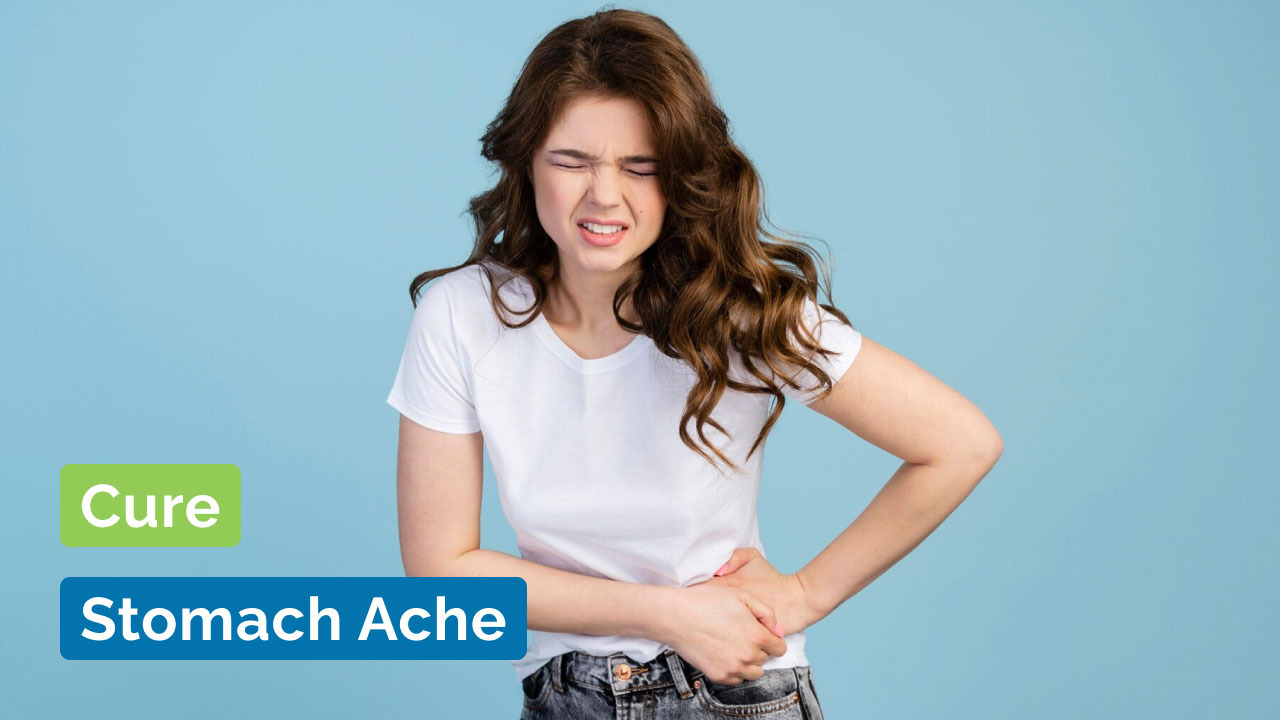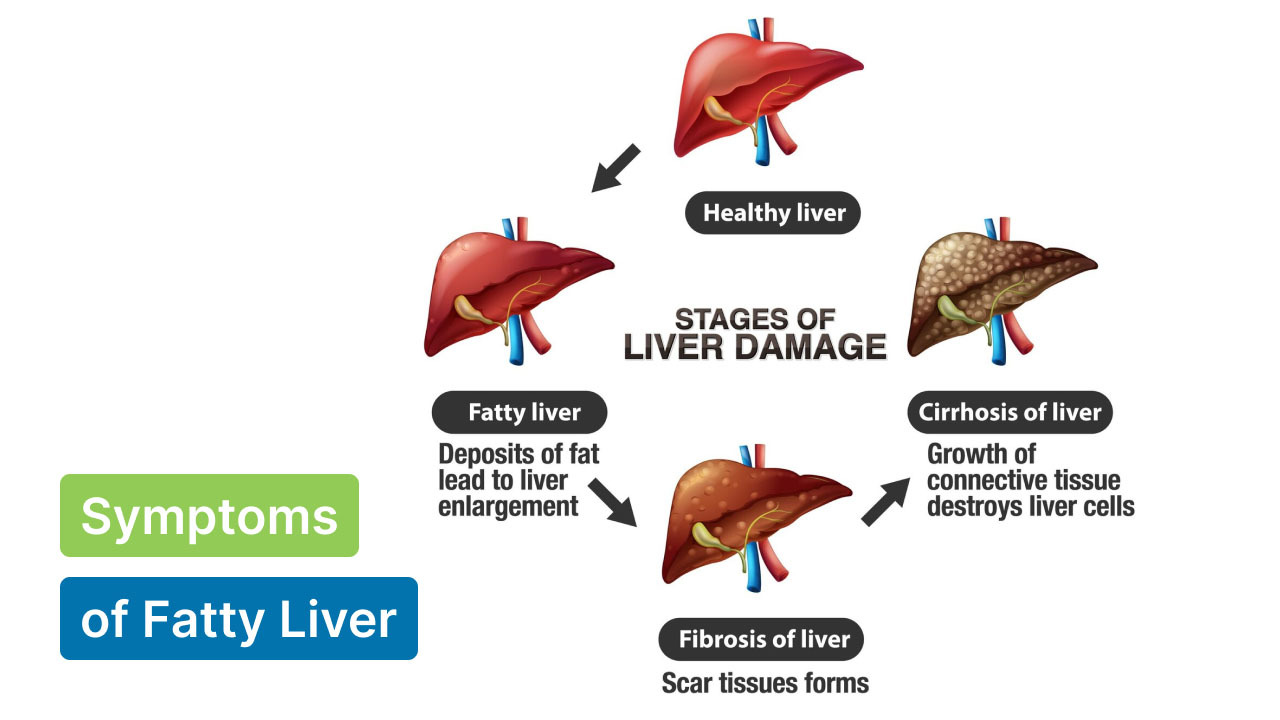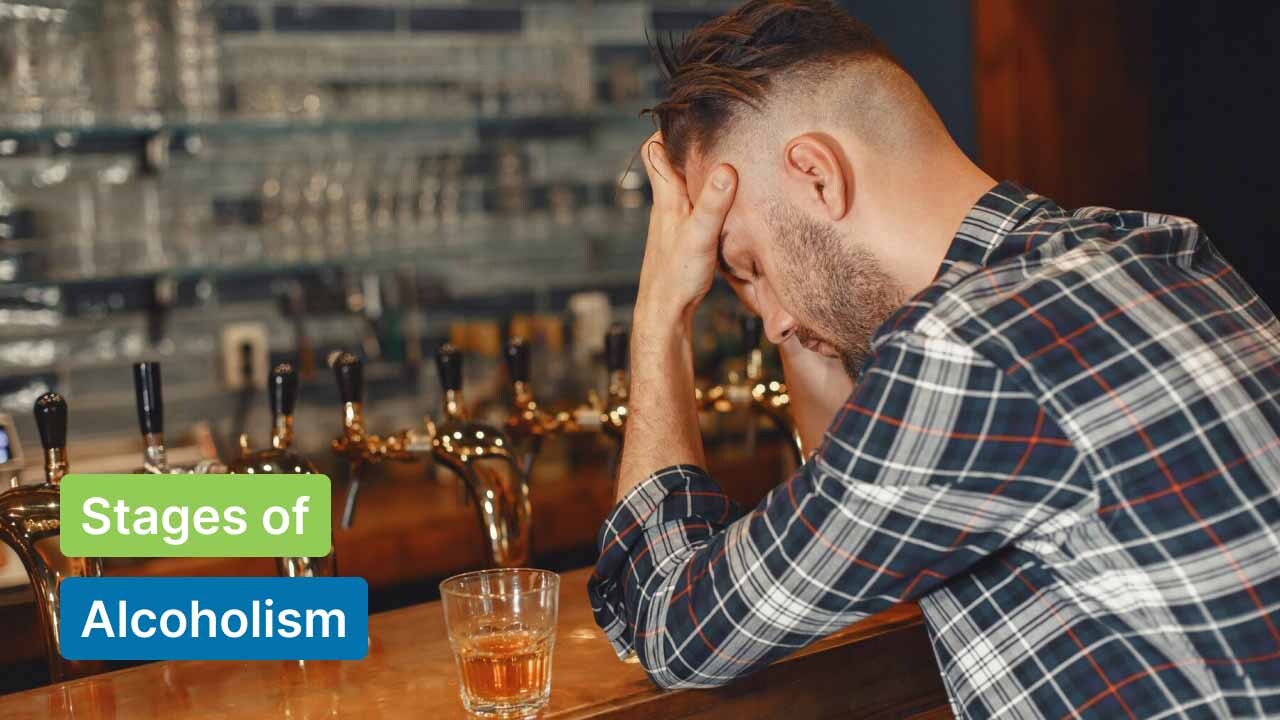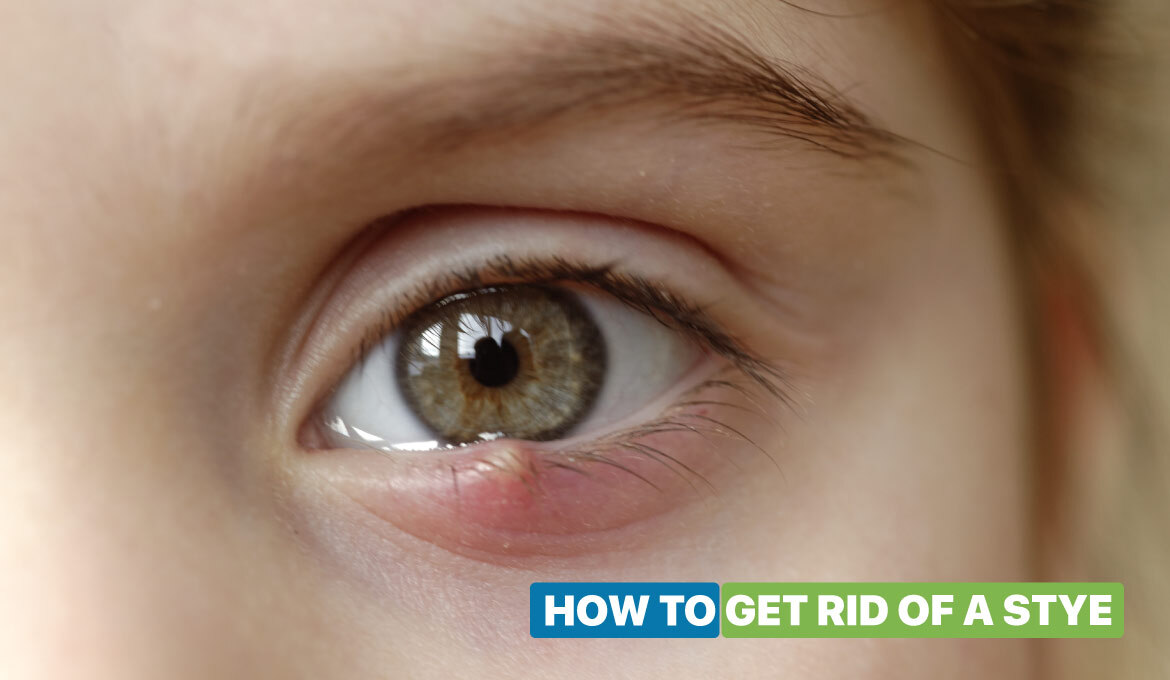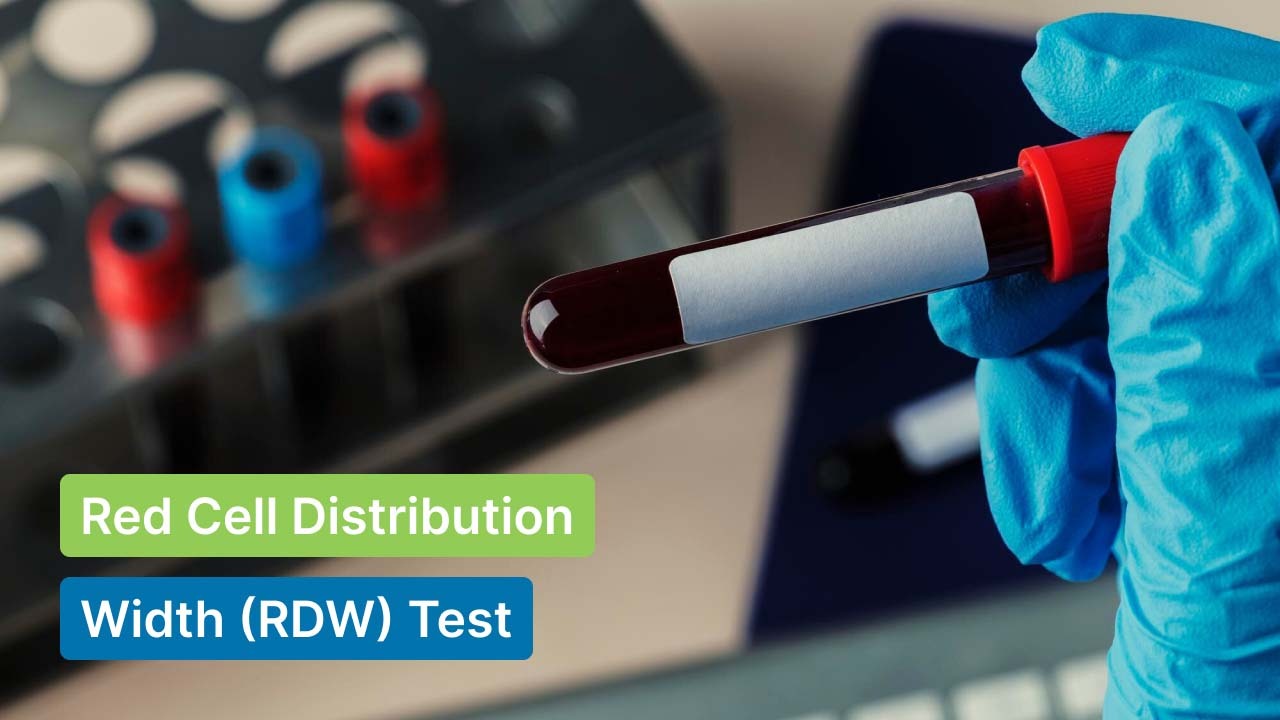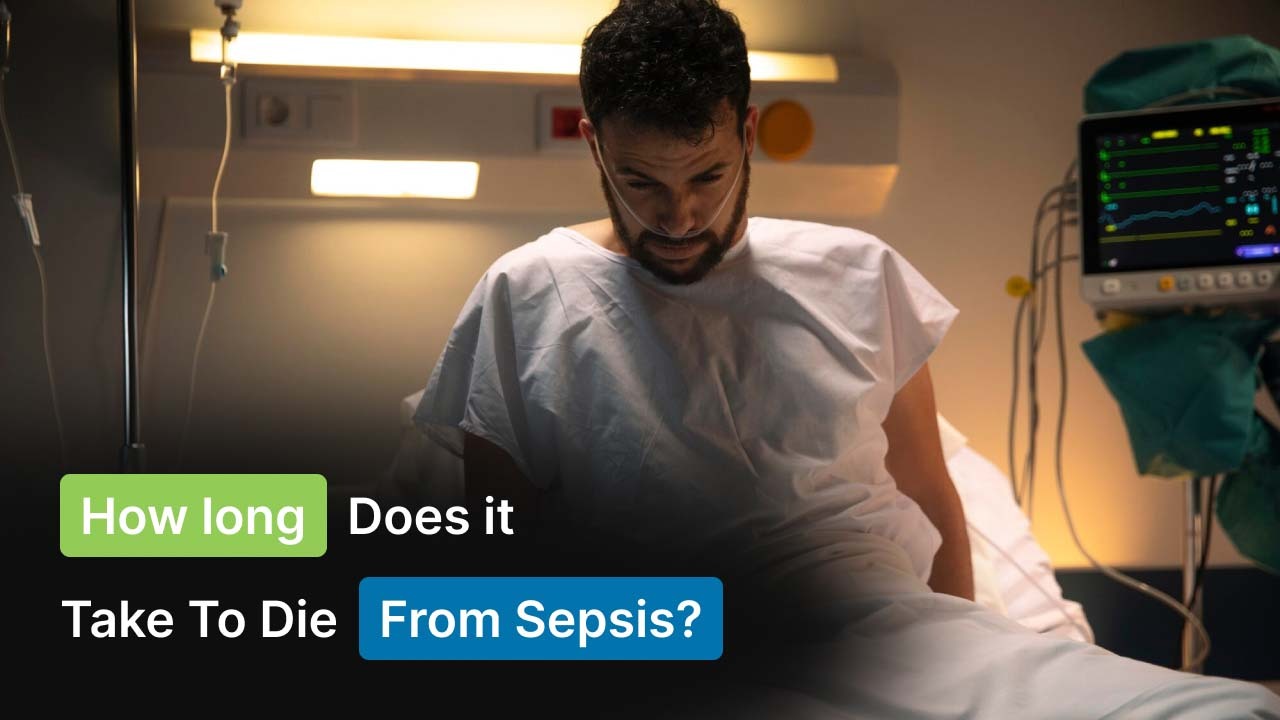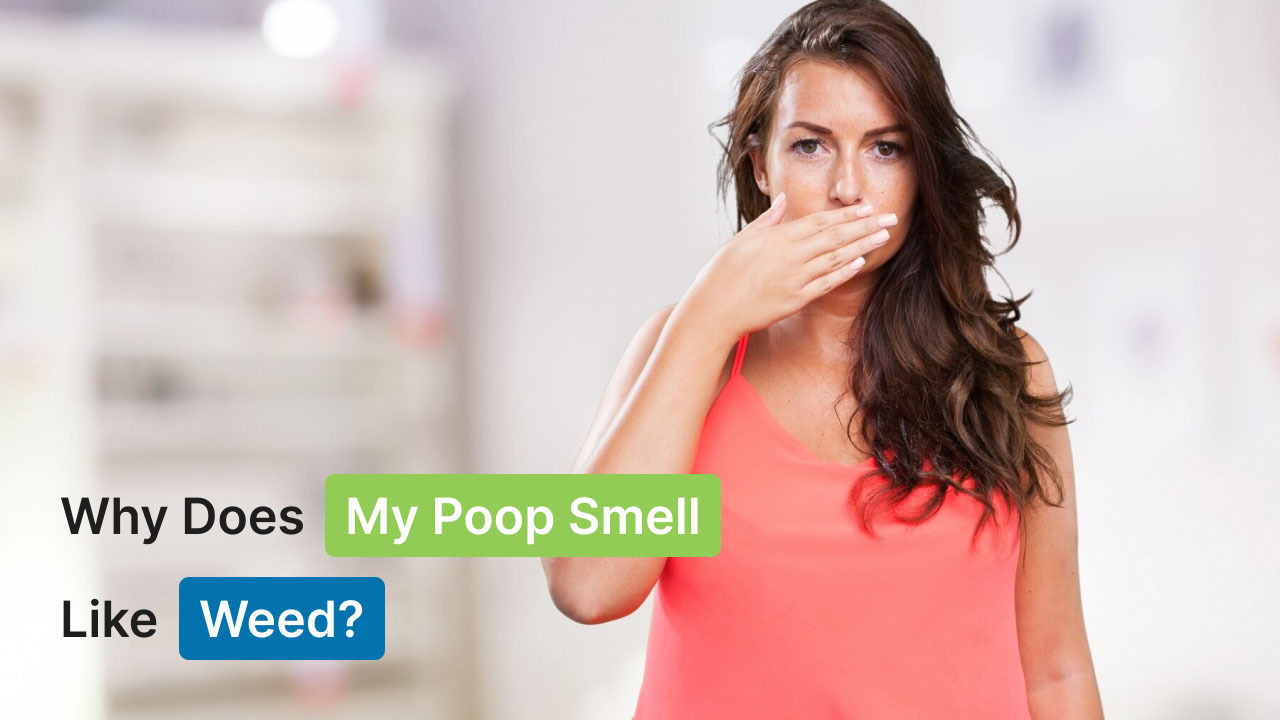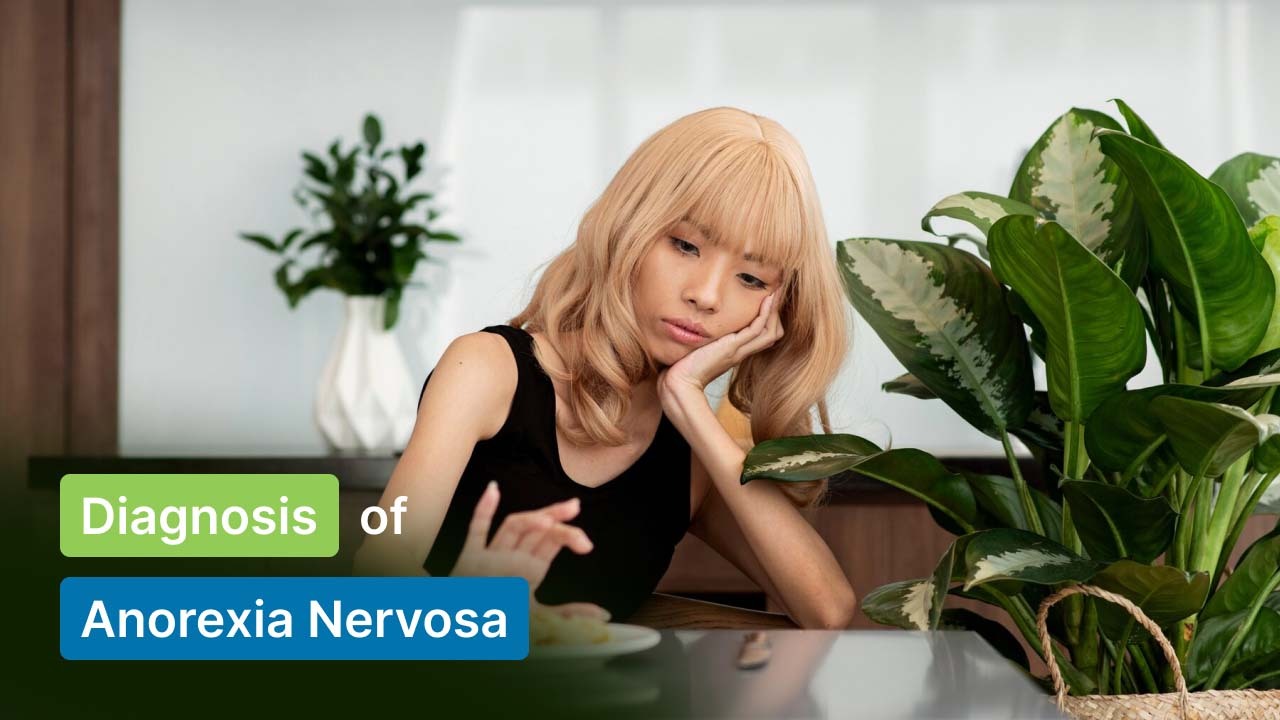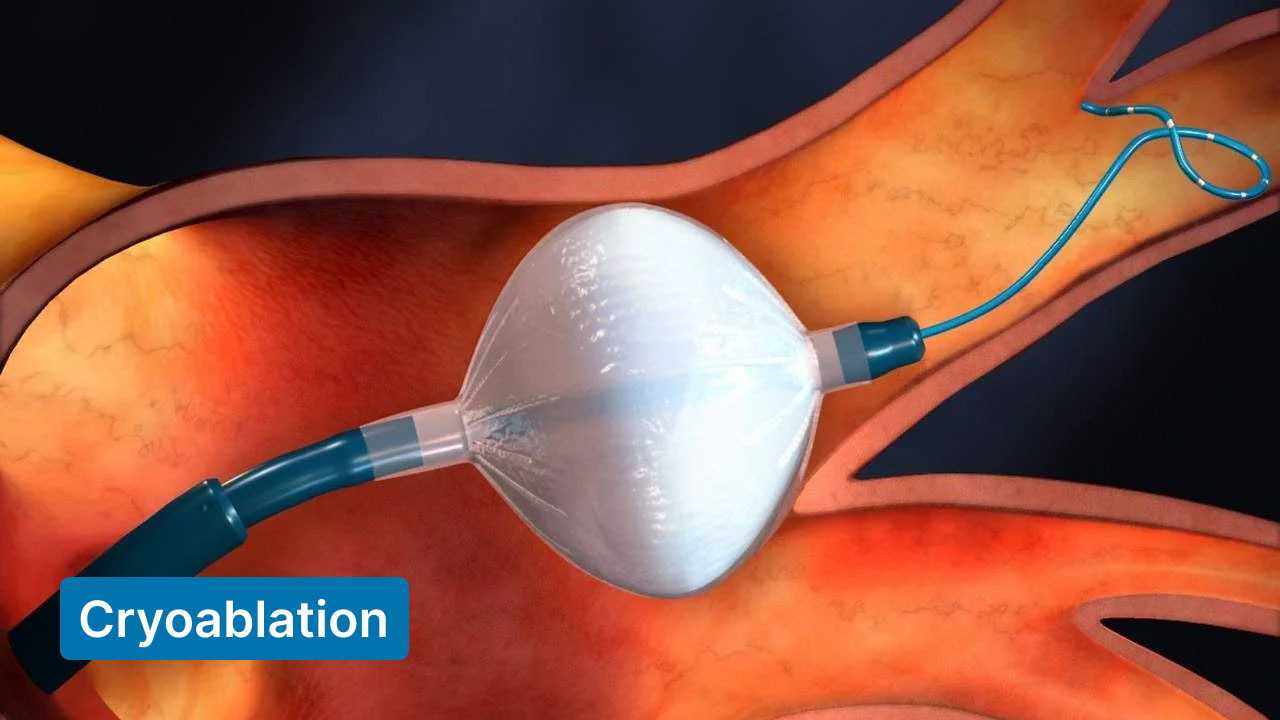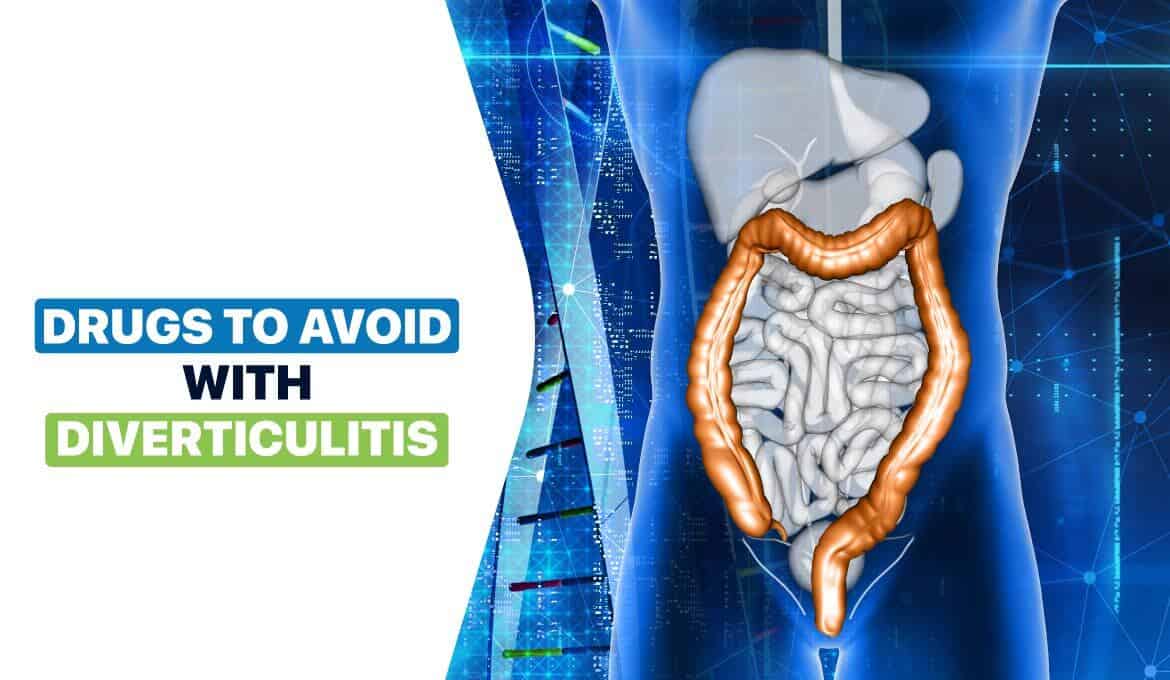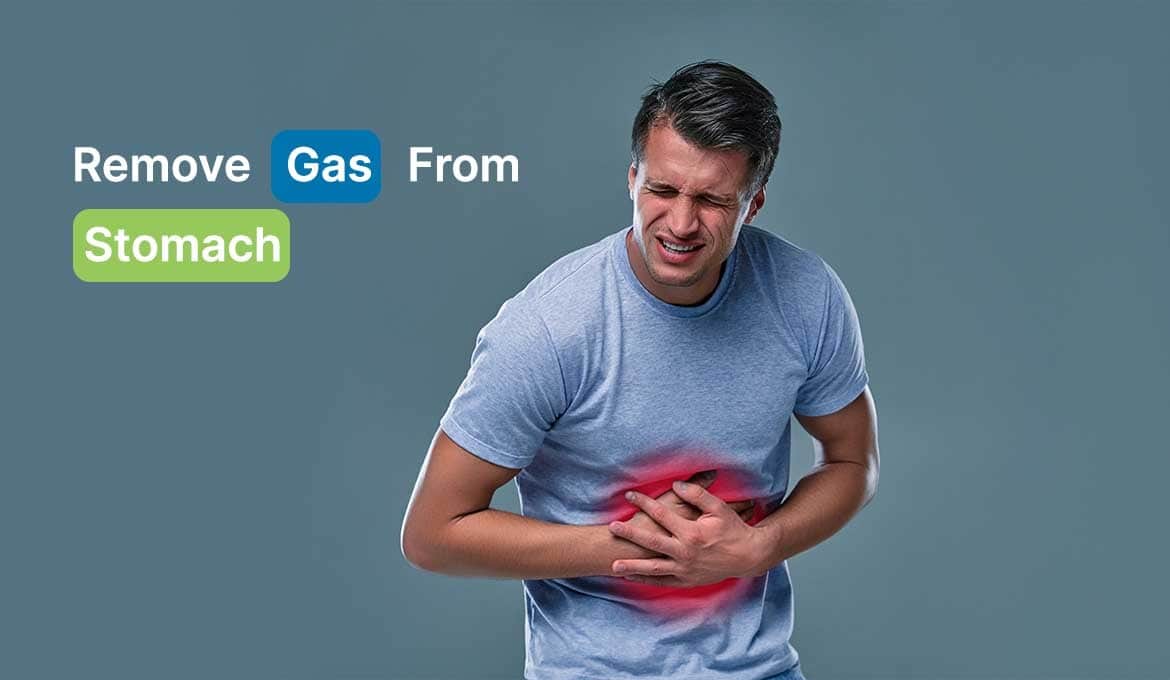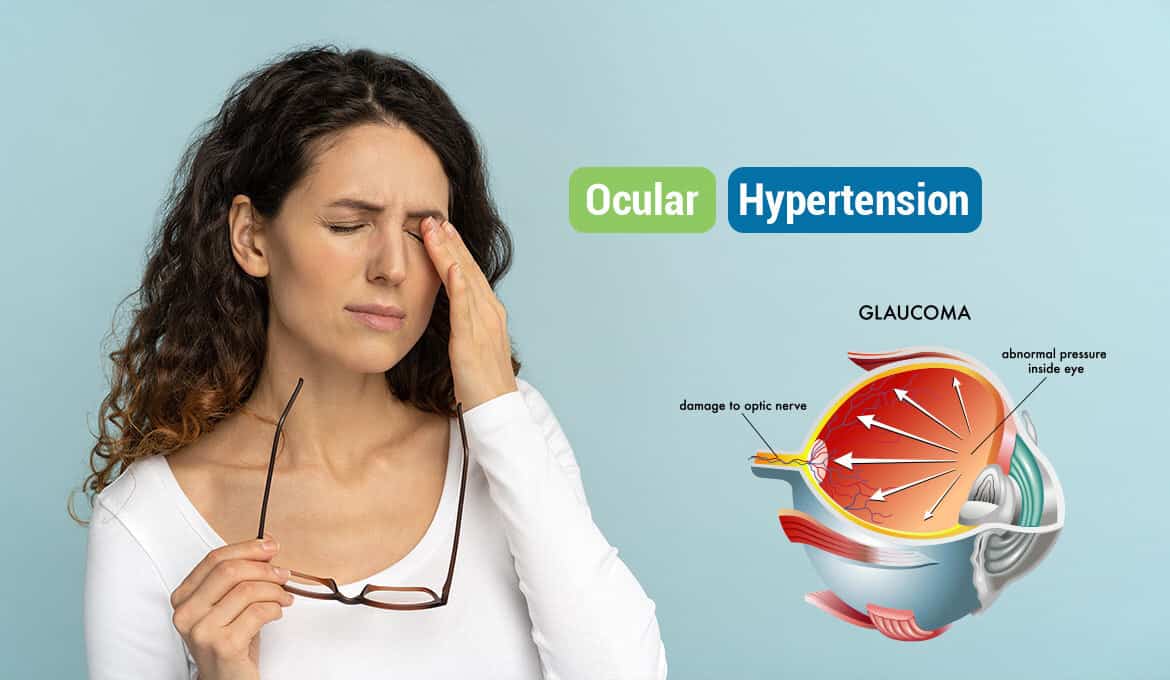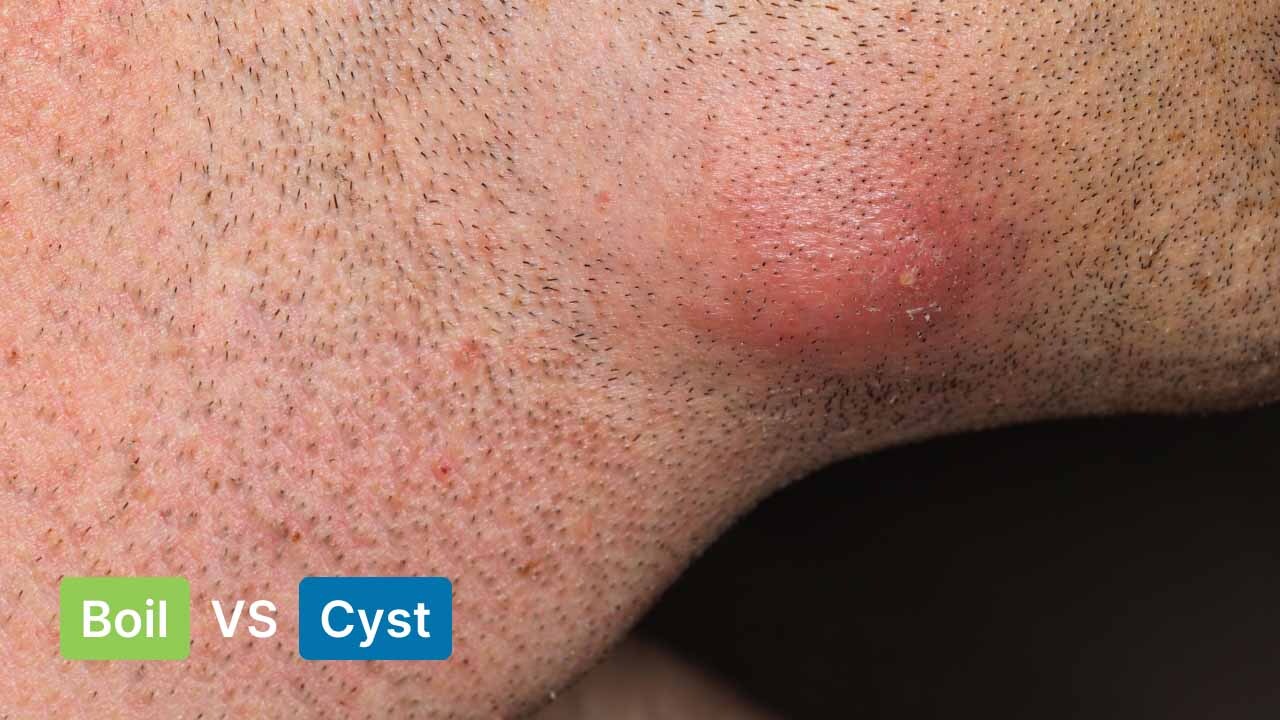
Human skin is prone to many abnormalities, like boils and cysts. They look similar, but they are different. A boil looks red and swollen with pus, is painful, and occurs due to bacterial infection.
While a cyst is less painful, happens under the skin, and is caused by injury, family history, or trauma. Both boil and cyst have different symptoms, causes, treatments, and prevention.
Understanding the difference between boil and cyst is crucial for the proper self-care and treatment. This article will go through boil and cyst symptoms, causes, treatments, and more to distinguish them properly.
What is a Boil?
A boil is a common infectious occurrence on the skin from hair follicles. They are the result of an infection called Staphylococcus, or staph. When the bacteria of the skin and nostrils turn into pathogens, it forms a boil.
Often, certain fungi can also develop a boil. At the initial stage, it appears red and then turns yellow and white, like pimples, to fight the infection.
In rare cases, people suffering from fever can also experience a boil due to the inflammation and warmth arising in fever from the body's immunity to fight bacteria.
Boils can appear on any part of the body, affect the tissues deeper, and turn into an abscess with symptoms including fever, and chills. Boils can be treated by draining the pus and taking antibiotics prescribed by the physician.
Compared to pimples, the boil develops under the skin while slowly growing in size and filling the pus with a white peak in the middle. Remember not to pop boil, as it can lead to contamination and spread bacteria to the surrounding skin.
Boil can also develop clusters known as carbuncle, a connected area of infection that damages tissue deeper, making it a severe and more painful infection and may leave a scar. People who have carbuncles may experience fever.
What is a Cyst?
A cyst is a lump of fluid, semisolid, or gaseous material that occurs due to rupture on sudden exposure to pressure, for example, if a person falls on it. It is caused by injury, family history, exposure to UV light, and viruses such as HPV (human papillomavirus) or trauma.
They can also develop on any part of the body, ranging from small cysts to large cysts, and you may not even know as they grow slowly. A CT scan, ultrasound, or biopsy tests determine it. Cysts are developed on the movable layers of the skin. Hence, they can change their place.
Cysts are also associated with Gorlin-Goltz Syndrome and Gardner's syndrome. Cysts can be of different types mentioned below:
- Epidermoid Cysts: These are minimal in size and appear anywhere beneath the skin but mainly on the face, neck, and trunk. They occur due to sweat glands or when skin pores are filled with excess keratin, a protein found in hair, nails, and upper skin layers.
- Pilar Cysts/Wens: These cysts are caused by hair follicles and form on the scalp's surface due to the excess formation of keratin protein in hair. It usually happens in women and is also known as trichilemmal cysts.
- Milia Cyst: These cysts are white bumps and tiny in size, mainly appearing on the face. They occur in groups or in multiple cysts called milia. They are most common in newborns but can affect any age. They are harmless and disappear in some time.
Key Differences Between Boil and Cyst
Although both boils and cysts look similar. Here are some key differences to distinguish them better:
|
Boil |
Cyst |
| Caused by bacterial infection. | Caused by blocked glands, genetic conditions, injury, and more. |
| Painful in early stages. | Less painful, until they become infected or pressed. |
| Red and inflamed with pus. | Regular lump without redness or inflammation. |
| Heal within two weeks. | Stays for a longer period. |
Symptoms: Boil vs. Cyst
As both bumps or cysts look similar, it becomes challenging to determine them. But knowing their symptoms can let you find out what it is. Below are the symptoms of boils and cysts.
Boils
In the initial stage, the boil is a red, solid lump with a small size. After the following days, it becomes larger, soft, and more painful with a white pus. Below are some symptoms of boils:
- Fever.
- Swollen lymph.
- Infected, red, painful, and warm skin around the boil.
- Occurrence of other boils.
Cyst
Cysts are smooth and white or yellow lumps. They vary in size from one-half inch to several inches. They are generally painless until they get infected. Below are some symptoms of a cyst:
- Slow glowing and round bump.
- White or yellow lump.
- Foul-smelling keratin.
- Painless, swollen, and warm to the touch.
- No related fever.
Causes: Cyst vs. Boil
The development of boil and cysts occurs due to different causes. Let us examine the factors that cause them.
Boils
Boils are caused by a bacterial infection in hair follicles. Staphylococcus aureus bacteria, found in the lining of nostrils and skin, causes the skin cells around it to die, forming pus.
Boils are more likely to develop in people with chronic diseases such as diabetes and those who are overweight or smoke. People with the following characteristics are more prone to boils:
- Weak immune systems.
- Eczema.
- Chronic medical conditions like diabetes or cancer.
- Conjunctivitis.
- Specific allergies like allergic asthma.
Cysts
A cyst can appear on any part of the body. They damage the tissue deeper, filled with fluid, pus, and body material. They are caused due to clogged sebaceous glands. They grow slowly and are painless. Usually, they do not disappear without treatment.
- Impact Injury
A vessel breaking can result in a foam cyst outside the skin. Injury is the most common cause of cysts, which drainage can quickly treat.
- Duct Blockages
When you wear earrings, they can cause a duct blockage that leads to a fluid build-up in your body, a foaming cyst.
- Infections
Illness or infections can cause cysts outside the skin, particularly on the face and mouth, where the immune system is vulnerable.
- Genetic Conditions
Genes can influence cyst growth. Small, painless cysts are usually harmless but can also be a sign of genetic conditions or cancer. Monitor cysts and seek medical attention if they become painful or grow.
Treatments: Boil vs. Cyst
When your doctor performs your medical test based on symptoms to determine whether it is a cyst or boil, you can perform the below treatments. Some of them are home remedies with surgery and medications.
Treatments of Boils
Try these treatments at home, but remember not to pop them yourself. The boil may drain on its own, which is important in healing. Some ways to treat a boil include:
-
- Apply warm compresses. Dip the cloth in warm water, then firmly press the boil for 10 minutes. Repeat this process a few times a day. When you find the pus at the center, it may burst and drain soon.
- Use a heating pad. A heating pad can also help to burst and drain the boil. Wrap the heating pad in a towel and press it to boil. Keep applying the heat for up to 3 days of the boil.
- Keep it clean. As the area is infected, you should keep that area clean by using soap and warm water twice daily. Keep the boil towels separately.
- Surgery. If the boil is bigger and turns into an abscess, it is best to open it to drain the pus. Once done, your doctor will sterilize to drain the remaining pus.
- Use a cover or bandage. To heal the boil faster, keep it covered. After washing your boil, remember to dress it properly to keep it protected. You can use a cover or bandage.
- Practice good hygiene. Wash hands after touching the boil. Bath/shower daily & avoid pools/gyms until the boil clears.
- Wash your linens. To reduce the risk of infections, wash your bed sheet, clothing, and towels once a week, and do not share your towels with others.
- Take a pain reducer. If you have a painful boil, take a pain reliever such as acetaminophen or ibuprofen. These can also help to reduce any fever caused by the boil.
- Medications. If you face more than one boil, it is called a carbuncle. Antibiotics are given through a drip before surgery to drain the pus. The surgical site is sterilized and allowed to heal before closure.
Treatments of Cysts
- Cysts can not disappear by themselves. It needs treatment to cure it. Following are the treatments for cysts.
- Medications. If an infection causes your cyst, consider medicines like antibiotics or corticosteroids to reduce infection.
- Surgical Excision. This is a surgical procedure to remove skin growths. The doctor administers a local anesthetic around the cyst and then ruptures the lining to drain the pus.
Your doctor will prescribe appropriate treatment to reduce the recurrence of boils or cysts based on their location and severity. Now, let's share some tips to help prevent them.
Prevention Tips: Boil vs. Cyst
You can prevent boils or cysts by taking some prevention tips:
- Take care of your personal hygiene.
- To prevent infection, wash your clothes and utensils with soap and hot water.
- Wear loose and comfortable clothes that do not cause friction on the skin.
- It is important to frequently wash your hands, particularly after contact with a boil.
- It's best to avoid sharing personal items like towels, bedding, or razors to prevent spreading infections.
You can't prevent skin cysts, but avoid compacting, popping, lancing, or draining them yourself to minimize the risk of infection or scarring.
Diagnosis: Boils vs. Cysts
Only a doctor can accurately diagnose skin lumps based on their appearance and symptoms. When diagnosing a bump, important factors include how long it has been present, how quickly it has grown, if it has changed in size, and whether it causes pain.
Your healthcare provider may perform specific laboratory tests based on the symptoms of your skin bump. These tests are advised if you experience frequent boils or are at a higher risk of difficulties from a cyst or boil:
- Tissue sample: Scraping or biopsy can identify infections, benign tumors, or cancer.
- Blood test: To determine whether or not the infection has spread beyond its initial site.
- Pus sample: To find the bacteria behind the infection and determine the best antibiotics to treat the infection effectively.
Boil vs. Pimple vs. Cyst
A pimple happens when a pore gets clogged with dead skin cells, excess oil, and bacteria. This causes swelling, and a bump appears on the skin's surface. A pimple is a small, painless bump that usually does not get bigger than a dime and stops growing after it bursts.
Regarding skin issues, pimples often appear in groups, while cysts or boils usually appear as a single lump. A pimple may indicate acne, a chronic condition that can keep returning even if you treat one pimple.
Summary
Boils and cysts are similar in look, but their causes are different. Boils are caused by bacterial infection due to hair follicles, while some injuries or when cells form together as a sac and release keratin causes cysts.
Some home remedies can prevent both, but in severe cases, they are treated with treatment. Cyst is only treated when it causes pain or prevents you from doing normal tasks. If a cyst or boil causes unusual symptoms or doesn't heal, consult a doctor.
FAQs
1. How do I know if I have a boil or a cyst?
Ans: By determining their symptoms, you can distinguish between boil and cyst. Boils are red and more painful and swollen. In comparison, cysts are less painful with white or yellow lumps.
2. What causes a boil vs cyst?
Ans: Boils are caused by bacterial infections affecting hair follicles and surrounding tissues. Cysts occur when skin cells grow but are blocked below the skin. Both may heal naturally, but treatment or surgery may be necessary.
3. How is the cyst removed?
Ans: A small incision removes the cyst from under the skin, and the wound is stitched together, leaving a small scar. Stitches may be absorbed or removed after 7 to 10 days.
4. Can a cyst be cancerous?
Ans: A cyst is a sac filled with fluid or other body material that can occur in the body. Most are noncancerous, but cancer or tumors can cause cysts in some cases.
Read Also:










